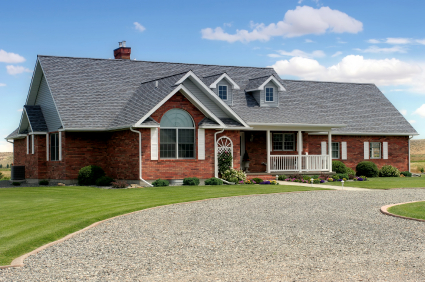The name of the devices and systems we call heat pumps can be misleading, but we’ll get to that in a moment. First of all, let’s talk about how heat pumps work to passively heat our buildings using no fuels and no electricity.

The ground in almost any given area at a certain depth is the same, moderate upper 50ºF temperature, be it summer or winter. Heat pumps use this steady ground temperature to regulate the heat inside a building. Heat pump systems are laid partly underground in the direct vicinity and partly inside of the buildings they will regulate. A series of pipes containing water and sometimes anti-freeze solution or other chemicals is contained inside the pipe. The temperature of the underground pipe and liquid inside absorbs the warmth of the ground. Then the heat flows to the part of the pipe inside the house, bringing the temperature up. Heat pumps make it very difficult for the inside temperature of a house to drop below that steady underground temperature of the upper 50ºF, because the heat from the ground itself is regulating the building.
But heat pumps also work in reverse, cooling the interior of a building: thus the misleading name of the heat pump. Say we have a very warm summer day, 94ºF. The inside of the house naturally absorbs the heat from the air and adopts a very similar temperature. But the ground underneath the house, at a certain depth, stays a pleasant 56ºF, regardless of the above-ground air temperature. Heat pumps are ingeniously designed, so that the warmth from the house moves through the solution and goes underground. The cooler solution from underground flows into the interior of the building, effectively cooling the building.
Heat pumps are a great way to reduce our dependence on non-renewable energy sources, save money on energy bills, and, because they have no moving parts, save the time and hassle of maintenance.






